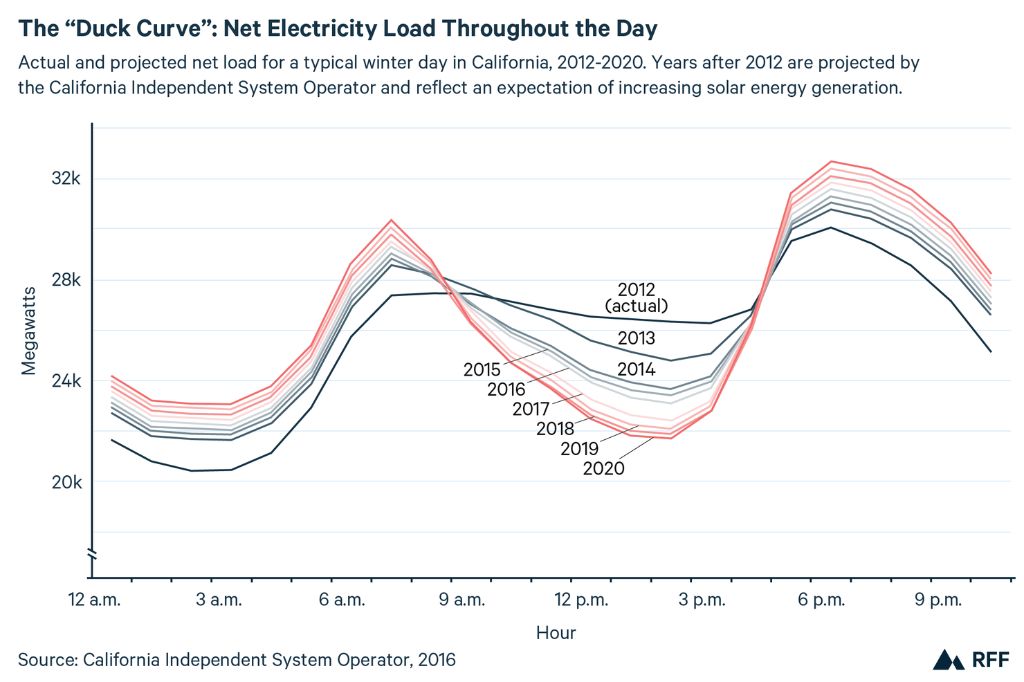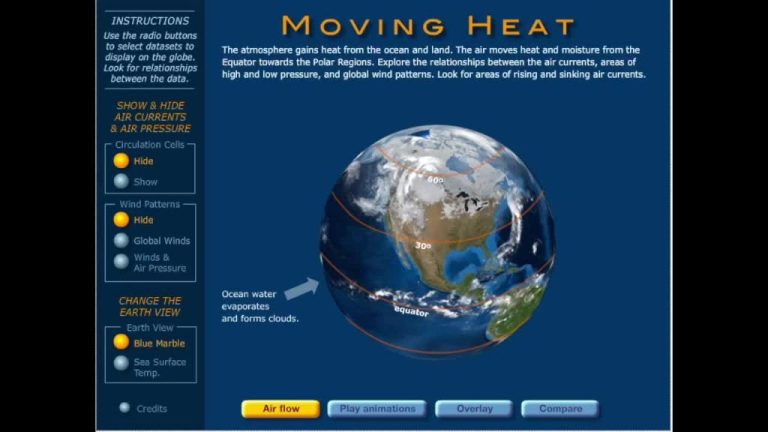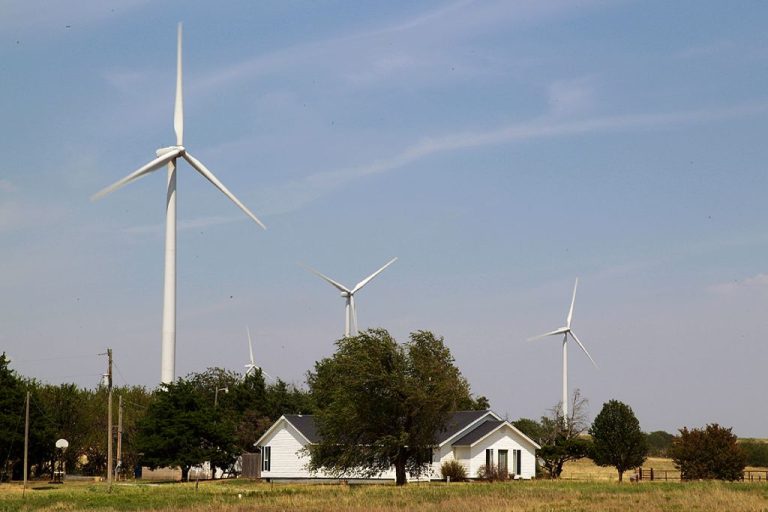What Is The Intermittent Nature Of Renewable Sources?

Intermittent energy sources refer to renewable energy sources that are not continuously available due to their dependence on environmental conditions (https://www.bpa.gov/energy-and-services/efficiency/demand-response/intermittent-renewable-energy). The most common intermittent renewable energy sources are solar, wind, hydropower and tidal power. These sources are considered “intermittent” because their energy output varies based on the amount of sun exposure, wind speeds, water flows or tidal cycles. Unlike fossil fuels which can be burned on demand, intermittent renewables can only produce energy when their required natural resource is available (https://energyeducation.ca/encyclopedia/Intermittent_electricity).
The intermittent nature of these renewable sources poses challenges for grid integration and reliability. But solutions like energy storage, forecasting and demand response help to overcome intermittency and allow greater utilization of renewable energy.
Solar Energy Intermittency
Solar power is intermittent because it relies on sunlight, which varies due to the day/night cycle and weather conditions. Solar panels only produce electricity when the sun is shining. At night and on cloudy days, solar production drops or stops entirely.
Solar generation often peaks at midday and in the summer, while significantly decreasing in morning, evening, and winter. Daily and seasonal solar fluctuations can make it challenging to balance electricity supply and demand. According to BPA, solar plants may generate 20-50% of their yearly average capacity at peak, but near zero output at other times.
Sudden weather changes like clouds or storms can also cause abrupt drops in solar output. These significant ramps and deviations from predicted availability undermine grid reliability. Solar intermittency complicates electricity planning and requires flexible back-up power sources.
Wind Power Intermittency
Wind power is considered an intermittent energy source because its availability depends on the weather. The output from wind turbines varies based on wind speed and direction, which are inherently variable and unpredictable.
Wind speeds can change dramatically over the course of a day or between seasons. Gusty winds may rapidly increase output one moment, then drop to nothing during a lull. Turbines only generate electricity when wind speed is within an optimal range – too little wind yields no power, while speeds above the turbine’s limit require shutting down. Even minor shifts in wind direction can greatly impact productivity if turbines are not optimally aligned.
Studies show wind power’s capacity factor, or actual output over time compared to maximum output, is typically around 25-40%. Periods of peak production are not always well-matched to peak demand cycles. This intermittency poses grid management challenges and can increase the need for backup generation. However, combining wind with complementary resources can mitigate variability issues.
According to the BPA, geographic diversity helps smooth wind power fluctuations. Interconnecting wind plants over a wide area takes advantage of differences in weather across regions. Forecasting tools and operating reserves also help grid operators accommodate variability and uncertainty in wind patterns. While intermittent, wind remains a valuable renewable resource when integrated properly into energy systems.
Sources:
https://www.bpa.gov/energy-and-services/efficiency/demand-response/intermittent-renewable-energy
https://energyeducation.ca/encyclopedia/Intermittent_electricity
Hydropower Intermittency
Unlike solar and wind power, hydropower is generally considered a consistent renewable energy source. However, hydropower generation can experience intermittency caused by seasonal changes in rainfall and droughts. During rainy seasons, dams fill up and hydropower generation increases. But extended droughts that deplete reservoirs can greatly reduce hydropower output (NAS, 2022).
A multi-year drought can turn hydropower from a consistent baseline power source into an unpredictable intermittent resource. For example, the severe drought in California from 2012-2016 significantly reduced hydropower generation with impacts on the state’s electricity mix and prices (Castro Abril, 2019). Managing hydropower reservoirs for multiple purposes like irrigation, flood control, and electricity increases the potential for inter-annual variability.
Impact on Grid Operations
The intermittent nature of renewable energy sources like solar and wind can make balancing electricity supply and demand more challenging for grid operators. Since the output from renewables fluctuates based on weather conditions and time of day, there can be significant fluctuations in frequency on the grid. When there is an imbalance between supply and demand, grid frequency moves away from the standard 60Hz in the U.S. (Intermittent Renewable Energy).
For example, if a cloud moves over a large solar farm, the sudden drop in production can cause the grid frequency to spike above 60Hz. On the flip side, when a burst of wind energy comes online from a wind farm, the grid frequency could dip below 60Hz if demand does not increase to match the new supply. Grid operators have to adjust other generation sources quickly to balance out these frequency fluctuations from intermittent renewables. Traditionally, natural gas plants have provided most of this flexible generation to balance renewables and maintain reliability (Renewable Energy Intermittency Explained).
Energy Storage Solutions
Energy storage can help overcome the intermittency challenges of renewable energy sources like wind and solar. Some key energy storage solutions include:
Batteries: Battery storage systems can store excess electricity generated from renewables when production exceeds demand. The stored energy can then be discharged when renewable output falls short of demand. Lithium-ion batteries are commonly used given their high efficiency and declining costs. Large-scale battery installations are being deployed by utilities to balance renewables and provide grid stability. According to the Bonneville Power Administration (BPA), batteries enable greater integration of renewables by filling in the gaps during lulls in wind and solar production.
Pumped hydro storage: This involves pumping water uphill into a reservoir when electricity supply exceeds demand. The water can then be released to turn turbines and generate hydroelectricity when needed. Pumped hydro accounts for about 93% of energy storage capacity worldwide. It provides large-scale, long-duration storage to smooth out renewable power fluctuations. However, suitable geography and locations are needed.
Compressed air energy storage (CAES): This works by using excess electricity to compress air into an underground cavern or container. The pressurized air is then released to turn a turbine when electricity is needed. While less efficient than batteries, CAES can provide bulk energy storage at low cost. There are only two large CAES plants globally, but more projects are in development.
Forecasting and Modeling
Accurately predicting the output of solar and wind generation is critical for integrating renewable energy sources into the electric grid. Grid operators rely on renewable energy forecasting to schedule power from traditional baseload sources like coal, nuclear and natural gas to meet electricity demand and maintain reliability (Forecasting Wind and Solar Generation: Improving System Operations and Integration).
Renewable energy forecasting utilizes statistical and physical models, historical data, and real-time measurements to estimate expected wind speeds and solar irradiance hours to days ahead. The models incorporate weather predictions, site characteristics, and turbine/panel parameters. Forecasting accuracy is improving with enhanced modeling techniques, expanded data collection networks, satellite observations, and machine learning algorithms (Renewable Energy Forecasting – an overview).
More precise renewable forecasting supports grid integration by allowing operators to schedule the most cost-effective mix of generation sources and reduce reliance on fossil fuel reserves.
Geographic Diversity
One way to help smooth out the fluctuations in renewable energy generation is through geographic diversity. By distributing wind, solar, and other renewable sources across a wide geographic area, the intermittency of individual sites can be compensated for by other sites (Scientific American). For example, if it’s a cloudy day in one region, solar plants in sunnier parts of the grid network can help pick up the slack. According to Wikipedia, since wind power is dependent on weather systems, there is a limit to the benefit of geographic diversity for any power system (Wikipedia). However, a recent article states that grid connectivity improvements can help bring renewable energy to where the supply is needed (Princeton University). Overall, geographic diversity plays a crucial role in balancing renewable generation across regions.
Demand Response
One way to help manage the intermittent nature of renewable energy is through demand response programs. Demand response involves shifting energy usage to match times of high renewable generation (Source). For example, wind power generation tends to be higher at night when overall energy demand is lower. Demand response encourages consumers to increase electricity usage during these times to better align demand with renewable supply.
Demand response programs provide financial incentives to participants to reduce their consumption during periods of peak demand and high prices. This helps ease pressure on the grid during supply shortages. With more renewables coming online, demand response can incentivize load shifting to times when renewable generation is abundant (Source). Smart grid technology enables automated demand response where loads are curtailed remotely by the utility during supply crunches.
Overall, demand response makes the grid more flexible in adapting to variable renewable generation. By aligning demand patterns with intermittent renewable output, demand response helps mitigate renewable intermittency challenges.
Conclusion
In summary, renewable energy sources like solar, wind and hydropower have an intermittent and variable nature due to their dependence on weather conditions and other external factors. This poses challenges for grid operators who need to continuously balance electricity supply and demand. However, various solutions exist to mitigate intermittency, such as energy storage, forecasting tools, geographic diversification of renewable assets, and demand response mechanisms. The outlook is promising as these solutions continue to improve and advance alongside the growth of renewable generation. With the right strategies and technologies, a high penetration of intermittent renewables can be feasible and reliable. The transition toward a more sustainable energy future will require continued innovation and integrated, flexible grid management.




